
China's lunar exploration program will carry out two more launch missions to lay the groundwork for the International Lunar Research Station (ILRS), with the first launch expected to take place as early as 2026, announced the China National Space Administration (CNSA) on Tuesday.

The first batch of lunar samples from the far side of the moon, collected by China's Chang'e-6 mission, is expected to be distributed to domestic scientists by the end of 2024, with availability for international researchers to follow.
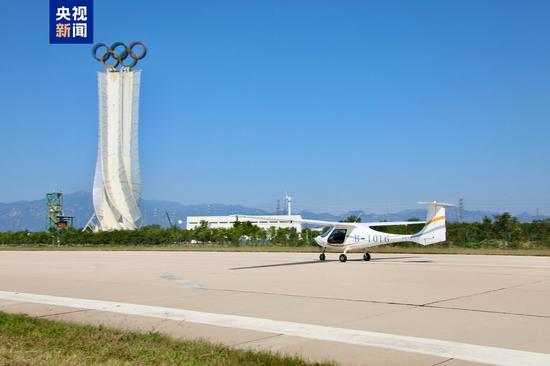
A two-seat electric aircraft, RX1E-A, independently developed by China, carried out its first flight at Badaling Airport in Beijing on Monday, injecting fresh vitality into the city's low-altitude economy, CCTV News reported.
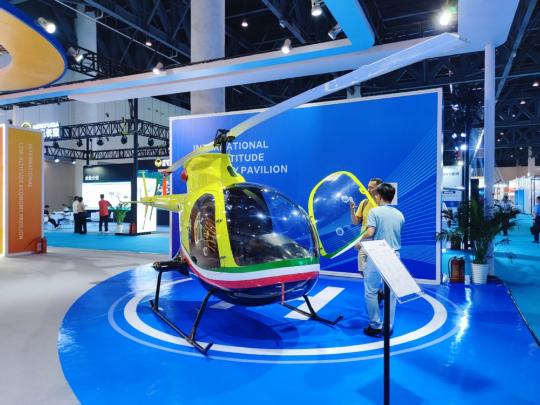
China's innovative breakthroughs in low-altitude aircraft are driving the country's urban air mobility sector to undergo development at such an unprecedented pace.

The world's first large-scale remote sensing basic model with more than 10 billion parameters, "RingMo 3.0," was launched at the first Aerospace Information Technology Conference on Saturday, marking it as an integrated space-air remote sensing model.
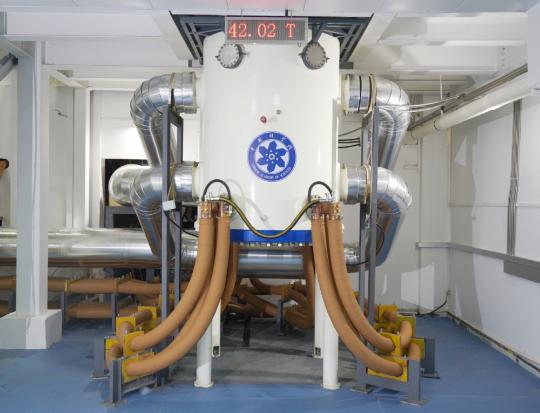
Chinese scientists produced a steady magnetic field of 42.02 Tesla with a resistive magnet, or water-cooled magnet, on Sunday, setting a new world record for magnets of the type.

Self-driving vehicles are navigating from science fiction movies to the streets of large Chinese cities, overcoming obstacles and uncertainty as they enter everyday use.

Shortly after the release of the first research paper on the Chang’e-6 lunar samples, the precious soil from the far side of the Moon made its public debut in a Beijing laboratory on Saturday.
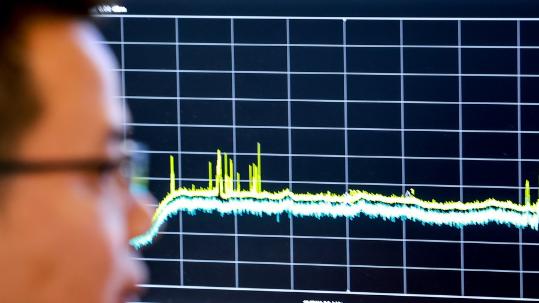
China ranked first in terms of the number of high-level international journal papers published and the number of citations received last year, according to statistics released by the Institute of Scientific and Technical Information of China on Friday.
The rice processing digital workshop and intelligent cloud control production line of Fuxing Rice started operation in Harbin, Heilongjiang province, very recently.
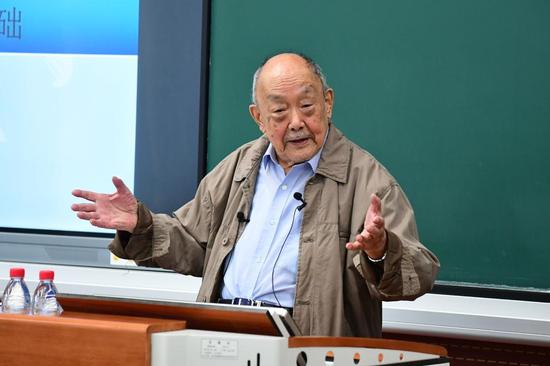
Yang Shi'e, a pioneer of underwater acoustic engineering in China, has been posthumously awarded the title of "Role Model of the Time" by the Publicity Department of the Communist Party of China Central Committee.

Chinese scientists unveiled the world's first multimodal geographic science model, Sigma Geography, which can answer professional geographic questions, analyze geographic literature, query geographic data resources and even create thematic maps.
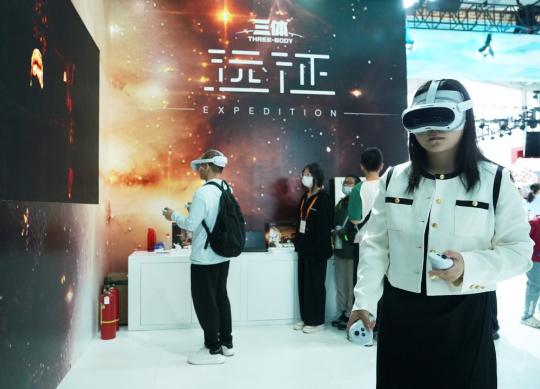
Generative artificial intelligence is set to play a pivotal role in driving China's industrial revolution and injecting fresh impetus into the country's high-quality economic growth, said industry experts and company executives.
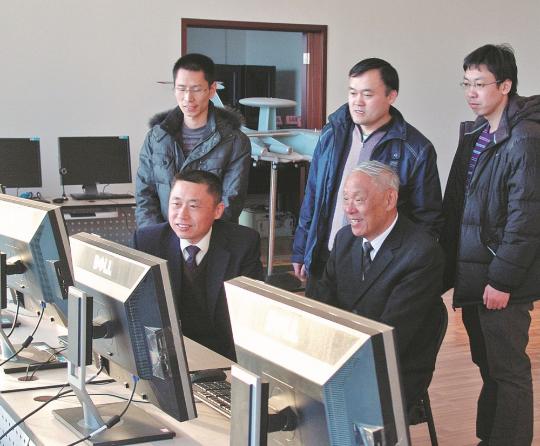
China's most renowned radar researcher and the father of the country's early-warning aircraft, Wang Xiaomo, also a recipient of the nation's top science and technology award, has been given the honorary title of "People's Scientist" posthumously.

China plans to create a map of the country with real-scene 3D technology by 2035, featuring geological conditions, city landscapes and specific buildings to further support social and economic development.
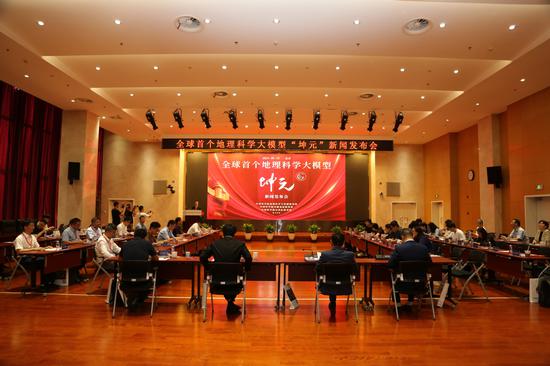
Chinese scientists unveiled the world's first multimodal geographic science model, "Sigma Geography," which can answer professional geographic questions, analyze geographic literature, query geographic data resources, and even create thematic maps.

China's two self-developed facilities Haikui-1, the Asia's first cylindrical floating, production, storage and offloading (FPSO) facility, and Haiji-2, the Asia's first deepwater jacket, will be put into operation at the same time, according to China National Offshore Oil Corporation (CNOOC), the largest offshore oil and gas producer in China.
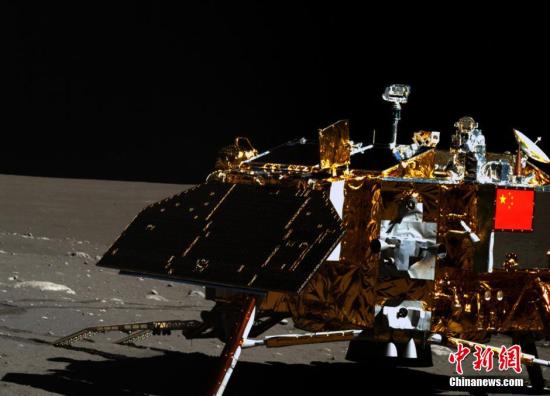
As people across China and around the world celebrate the Mid-Autumn Festival, traditionally marked by gazing at the full moon, China's Yutu-2 lunar rover has delivered a special surprise - fresh images from the moon's far side.

China recorded a total of 5.256 million cross-border trips during this year’s three-day Mid-Autumn Festival, according to the National Immigration Administration on Wednesday.
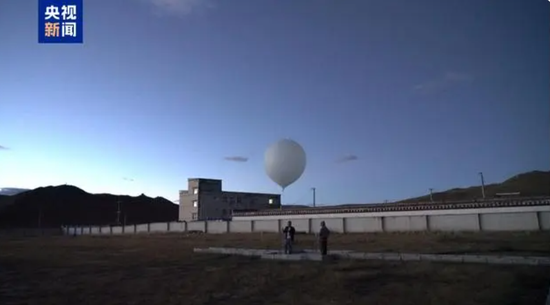
The world’s highest BeiDou upper-air meteorological observation station was put into operation in Baingoin County of southwest China's Xizang Autonomous Region, according to China Meteorological Administration (CMA).

Li Zhensheng, a prominent Chinese geneticist and academician of the Chinese Academy of Sciences, was awarded the nation's top honor for his contributions in cultivating high-yield wheat varieties and boosting China's grain production.

Medical experts at Shanghai Ruijin Hospital have identified a brain-to-gut signal that controls fat absorption in the intestines and have found that traditional Chinese medicine may suppress the signal, potentially offering a new approach to weight loss.
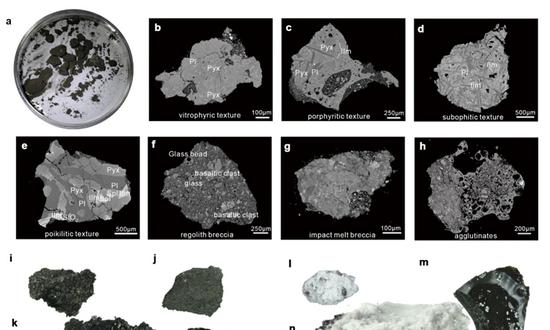
A joint research team consisting of several Chinese institutions on Tuesday published the very first research paper on the nature of lunar samples returned by the Chang'e-6 mission in the journal National Science Review.

The Einstein Probe X-ray astronomical satellite transmitted X-ray images of the moon back to Earth on Tuesday, which was Mid-Autumn Festival.

China's latest technological breakthroughs in homegrown deep ultraviolet (DUV) lithography machines mark a significant milestone in the country's semiconductor manufacturing equipment sector.
Wang Yongzhi, one of the most renowned rocket scientists in China who played a leading role in the country's manned spaceflight endeavors, has been given the nation's top honor posthumously.

Aviation Industry Corp of China, the nation's leading aircraft maker has begun to deliver the AS700 multipurpose civilian airship to its first user, who will use the blimp for aerial sightseeing.
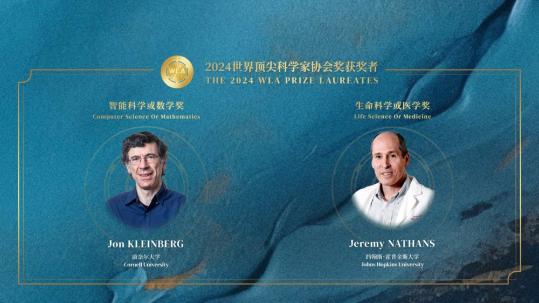
The World Laureates Association Prize has announced its laureates for 2024, recognizing the exceptional contributions of Professor Jon Kleinberg from Cornell University and Professor Jeremy Nathans from Johns Hopkins University School of Medicine.

Asia's largest high-altitude simulator stand for space engines was put into operation in Tongchuan City, northwest China's Shaanxi Province on Tuesday.
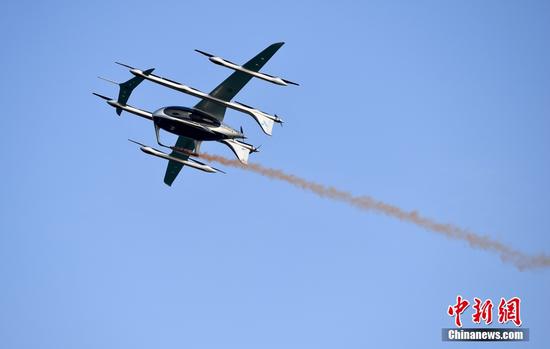
A six-seat electric vertical take-off and landing aircraft (eVTOL) completed several parameter tuning tests in Zigong City, southwest China's Sichuan Province.
 京公网安备 11010202009201号] [京ICP备05004340号-1]
京公网安备 11010202009201号] [京ICP备05004340号-1]